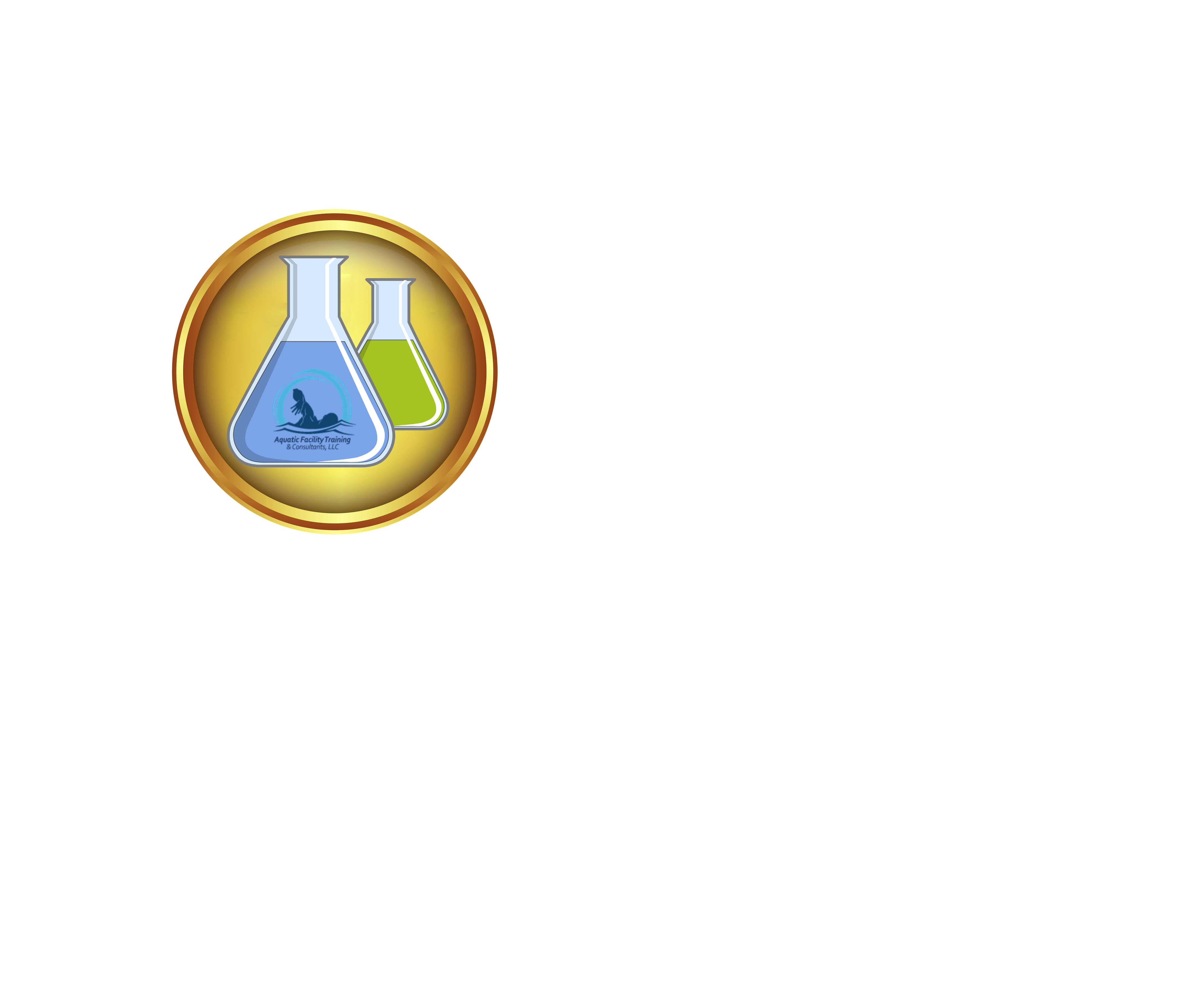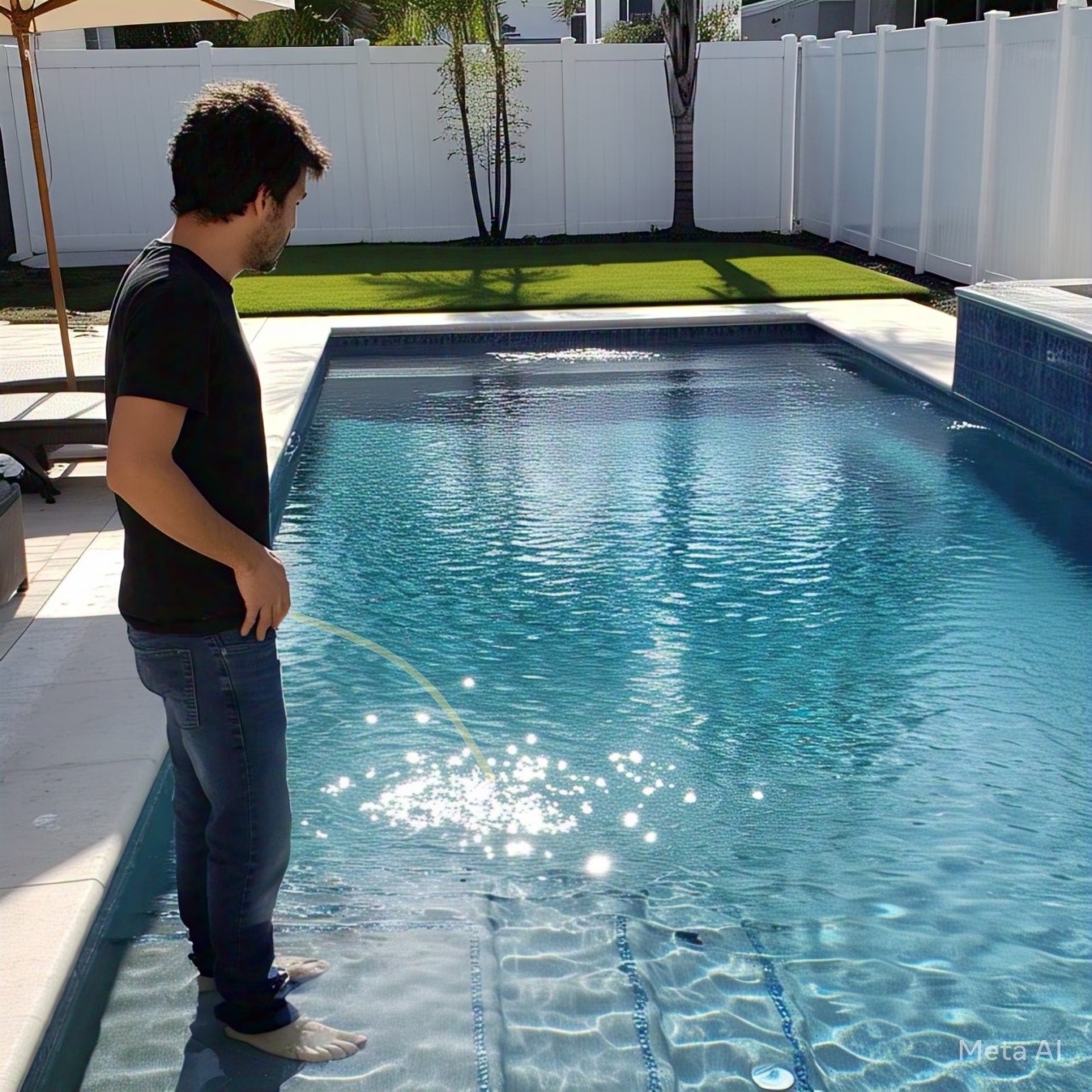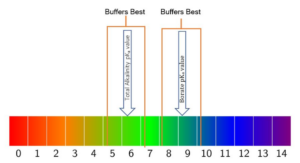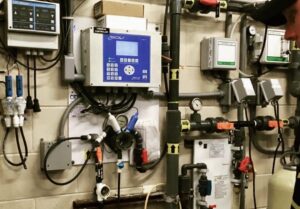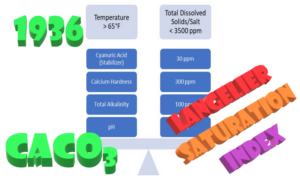When someone decides “Peeing in Pools” is ok and it’s time to take a little “bathroom break” (because apparently, that’s just fine), a chain of chemical reactions starts to unfold that can ruin your swim faster than bad pasta. We’re talking compromised water quality, reduced sanitation effectiveness, and the kind of irritation that might make you wish you stayed home with your inflatable pool. So, let’s take a deeper dive into the science of pool water chemistry, specifically what happens when human waste meets chlorine—and why it’s definitely not as fun as diving into a pristine pool.
The Key Players: Chlorine and Urinary Compounds
Urine—the uninvited guest of pool chemistry—is made up of urea, ammonia, creatinine, uric acid, and a few other compounds you don’t want to get too cozy with. When these substances meet the chlorine that’s been dutifully sanitizing the pool, you’ve got the recipe for chloramine formation. Chlorine, in the form of sodium hypochlorite or calcium hypochlorite, is supposed to kill bacteria, viruses, and organic material. But when it’s forced to deal with urine, that’s when things start going downhill—quick, like a kid running out of a pool after a jellyfish sting.
The primary troublemakers here are ammonia (NH₃) and urea (CO(NH₂)₂). When these compounds enter the water, they react with chlorine, leading to the creation of chloramines—those chemical compounds that make pool water smell like a high school locker room after gym class. Not exactly the scent you want when you’re trying to relax and get your tan on.
Similar Article That Chlorine Smell
Chloramine Formation: A Step-by-Step Process
Here’s where the chemistry gets interesting, and by interesting, I mean this is when things go south:
- Formation of Monochloramine (NH₂Cl):
When chlorine meets ammonia, the first chloramine that forms is monochloramine. It’s not horrible, but it’s a weak disinfectant and still contributes to that classic “chlorine” smell you know and love. In simplHOCl+NH2Cl→NHCl2(Dichloramine)e terms, monochloramine is like the half-hearted efforts of a newbie pool tech—trying, but not quite cutting it. The reaction looks like this:
HOCl+NH3→NH2Cl(Monochloramine)
- Formation of Dichloramine (NHCl₂):
Add more chlorine into the mix, and you get dichloramine—an even nastier chloramine. This one is more irritating to the eyes, skin, and even your lungs. It’s like someone turning up the heat on your pool service, but not in the good way. The reaction goes down like this:
HOCl+NH2Cl→NHCl2(Dichloramine)
- Formation of Trichloramine (NCl₃):
The worst offender? Trichloramine. This one’s volatile, harmful to your lungs, and a real troublemaker when it comes to indoor pools. If this compound makes its way into the air, you’ll be feeling it in your chest before you know it. Think of it like an uninvited guest who eats all the snacks and doesn’t leave. The reaction? Well, it’s not pretty:
HOCl+NHCl2→NCl3 (Trichloramine)
Inorganic Chloramines: Weak Disinfectants and Carcinogenic Risks
Here’s the kicker: inorganic chloramines (monochloramine, dichloramine, and trichloramine) aren’t just weaklings—they’re far worse than they look. While they might seem harmless, they are much weaker disinfectants than organic chloramines (which, to be honest, still aren’t exactly a sparkling addition to your water chemistry).
Inorganic chloramines don’t just reduce chlorine’s disinfecting power—they are more likely to form carcinogenic byproducts, like cyanogen chloride (CNCl), which are toxic and downright dangerous. Think of them as the “bad boys” of the chloramine family: slacking on the job, but still causing serious trouble for your health.
Trichloramine, in particular, tends to break off from the pool water and hang out in the air. If you’ve ever been in an indoor pool and felt like you’re getting punched in the lungs after a few laps, that’s your trichloramine buddy trying to make itself known. Not exactly the kind of poolside experience we signed up for, huh?
Similar Article https://www.poolspanews.com/how-to/maintenance/understanding-the-big-3-water-sanitizers-ozone-uv-and-aop_o?utm_source=chatgpt.com
Preventing Chloramine Formation: Pool Maintenance Strategies
So what can we do about it? Fortunately, there are a few steps to keep these troublemakers at bay and make sure your pool doesn’t become a breeding ground for chemical chaos:
- Shocking the Pool with Oxidizing Agents:
Regular pool shocking with chlorine can’t do the trick for inorganic chloramines (I don’t care what your CPO Book says—they’re just too stubborn), but monopersulfate shock (non-chlorine shock) isn’t help you either. It’s NOT strong enough to break the Nitrogen/Chlorine bond. AOP systems, Ozone, and UV kik ass and will rid the pool of the pissy chloramines. These systems are becoming more popular, as they not only break down nefarious chloramines, they also help reduce your chemical headaches. - Regular Filtration and Circulation:
A properly maintained filtration system is key. If your pool’s filter is slacking, you’re more likely to let those nasty compounds accumulate and wreak havoc. Make sure your pool water is circulating properly to keep the chemical balance in check. It’s like getting your car’s oil changed—do it regularly, or expect things to break down. - Encouraging Good Pool Hygiene:
Here’s an easy one: encourage swimmers to shower before entering the pool. This keeps the urine load down and makes sure that the chlorine isn’t busy fighting a battle it didn’t sign up for. Let’s face it, no one wants to swim in someone else’s piss—literally.
Peeing in Pools Kills
When someone decides to relieve themselves in a pool, it’s not just a matter of grossing people out. It’s a chemical reaction that leads to the formation of chloramines, weak disinfectants that compromise pool sanitation and can even form toxic, carcinogenic byproducts like cyanogen chloride.
Managing chloramine levels isn’t just about shocking the pool and hoping for the best. It’s about being proactive—using the right chemicals, ensuring proper filtration, and making sure everyone does their part in keeping the pool clean (yes, even showering before swimming). In short, you want to keep things fresh, not turn your pool into a chemical nightmare. After all, no one wants a pool of problems, and no one wants to swim in a toilet.
